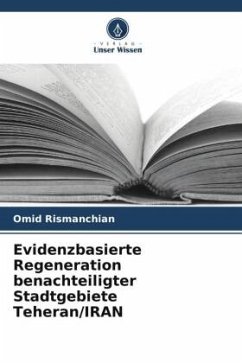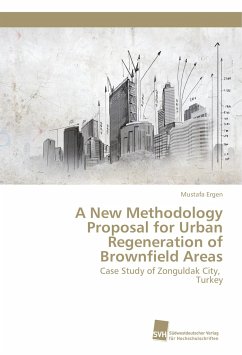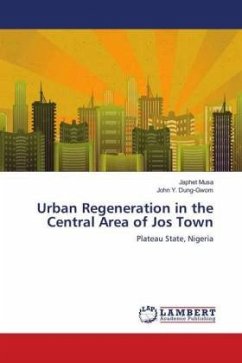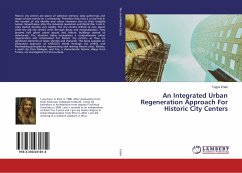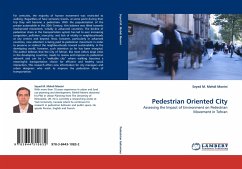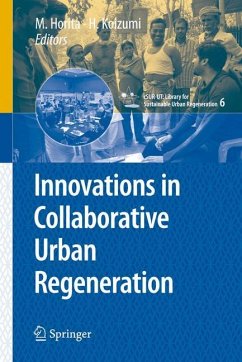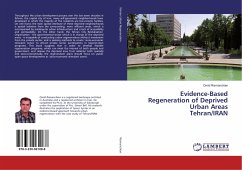
Evidence-Based Regeneration of Deprived Urban Areas Tehran/IRAN
Versandkostenfrei!
Versandfertig in 6-10 Tagen
49,99 €
inkl. MwSt.

PAYBACK Punkte
25 °P sammeln!
Throughout the urban development process over the last seven decades in Tehran, the capital city of Iran, many self-generated neighborhoods have developed in which the majority of the residents are low-income families. On one hand, the main spatial attribute of these deprived neighborhoods is spatial isolation from the surrounding, more affluent areas, which is accompanied by inadequate urban infrastructure and a lack of accessibility and permeability. On the other hand, the Tehran City Revitalisation Organisation - the governmental sector which is in charge of the deprived areas - is incapabl...
Throughout the urban development process over the last seven decades in Tehran, the capital city of Iran, many self-generated neighborhoods have developed in which the majority of the residents are low-income families. On one hand, the main spatial attribute of these deprived neighborhoods is spatial isolation from the surrounding, more affluent areas, which is accompanied by inadequate urban infrastructure and a lack of accessibility and permeability. On the other hand, the Tehran City Revitalisation Organisation - the governmental sector which is in charge of the deprived areas - is incapable of conducting urban regenerations without investment from the private sector, and is seeking methods to create 'socio-economic stimulant zones' to attract private sector participation in regeneration programs. This book suggests that in order to develop feasible regeneration programs, which can meet the interest of both people and government, and release the deprived area from isolation both spatially and socio-economically, the regeneration plans should focus on public open space developments as 'socio-economic stimulant zones'.



